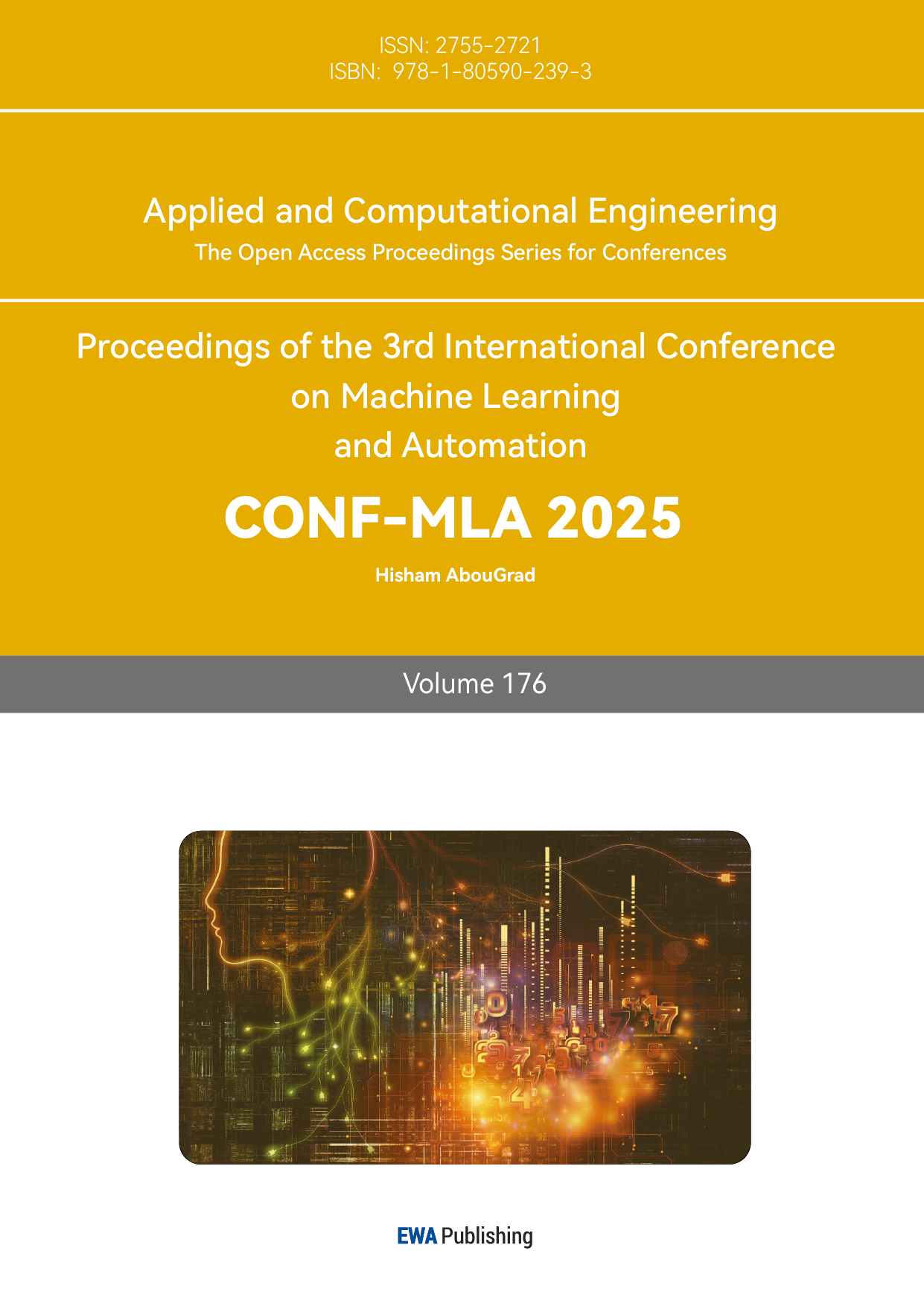References
[1]. Zheng, H., Paiva, A. R., & Gurciullo, C. S. (2020). Advancing from predictive maintenance to intelligent maintenance with AI and IIoT. arXiv preprint arXiv: 2009.00351.
[2]. Abdel Sater, R., & Ben Hamza, A. (2020). A federated learning approach to anomaly detection in smart buildings. arXiv preprint arXiv: 2010.10293.
[3]. Brazauskas, J., Verma, R., Safronov, V., Danish, M., Merino, J., Xie, X., Lewis, I., & Mortier, R. (2021). Data management for building information modelling in a real-time adaptive city platform. arXiv preprint arXiv: 2103.04924.
[4]. Das, H. P., Lin, Y.-W., Agwan, U., Spangher, L., Devonport, A., Yang, Y., Drgona, J., Chong, A., Schiavon, S., & Spanos, C. J. (2022). Machine learning for smart and energy-efficient buildings. arXiv preprint arXiv: 2211.14889.
[5]. Krishnakumar, B., Gomathi, S., & Boobalan, A. (2023). Smart building management with IoT and AI: Energy-efficient and cost-effective solutions. In 2023 10th IEEE Uttar Pradesh Section International Conference on Electrical, Electronics and Computer Engineering (UPCON) (pp. 1–6). IEEE. https: //doi.org/10.1109/UPCON59197.2023.10434659
[6]. Li, C., & Wang, J. (2024). IoT—A promising solution to energy management in smart buildings. Buildings, 14(11), 3446. https: //doi.org/10.3390/buildings14113446
[7]. Zhang, H., & Li, S. (2024). A review of building digital twins to improve energy efficiency in the industrial internet of things. Energy Informatics, 7, Article 45. https: //doi.org/10.1186/s42162-024-00313-7
[8]. Ahmed, M., & Hussein, T. (2024). BIM, IoT, and GIS integration in construction resource monitoring: A state-of-the-art review. Automation in Construction, 150, Article 105451. https: //doi.org/10.1016/j.autcon.2024.105451
[9]. Mohamed, Z., & Al-Jaroodi, J. (2024). Digital trio: Integration of BIM–EIR–IoT for facilities management of mega construction projects. Sustainability, 16(15), 6348. https: //doi.org/10.3390/su16156348
[10]. Smith, J., & Patel, R. (2024). Internet of things (IoT) for safety and efficiency in construction projects. Scientific Reports, 14, Article 78931. https: //doi.org/10.1038/s41598-024-78931-0



